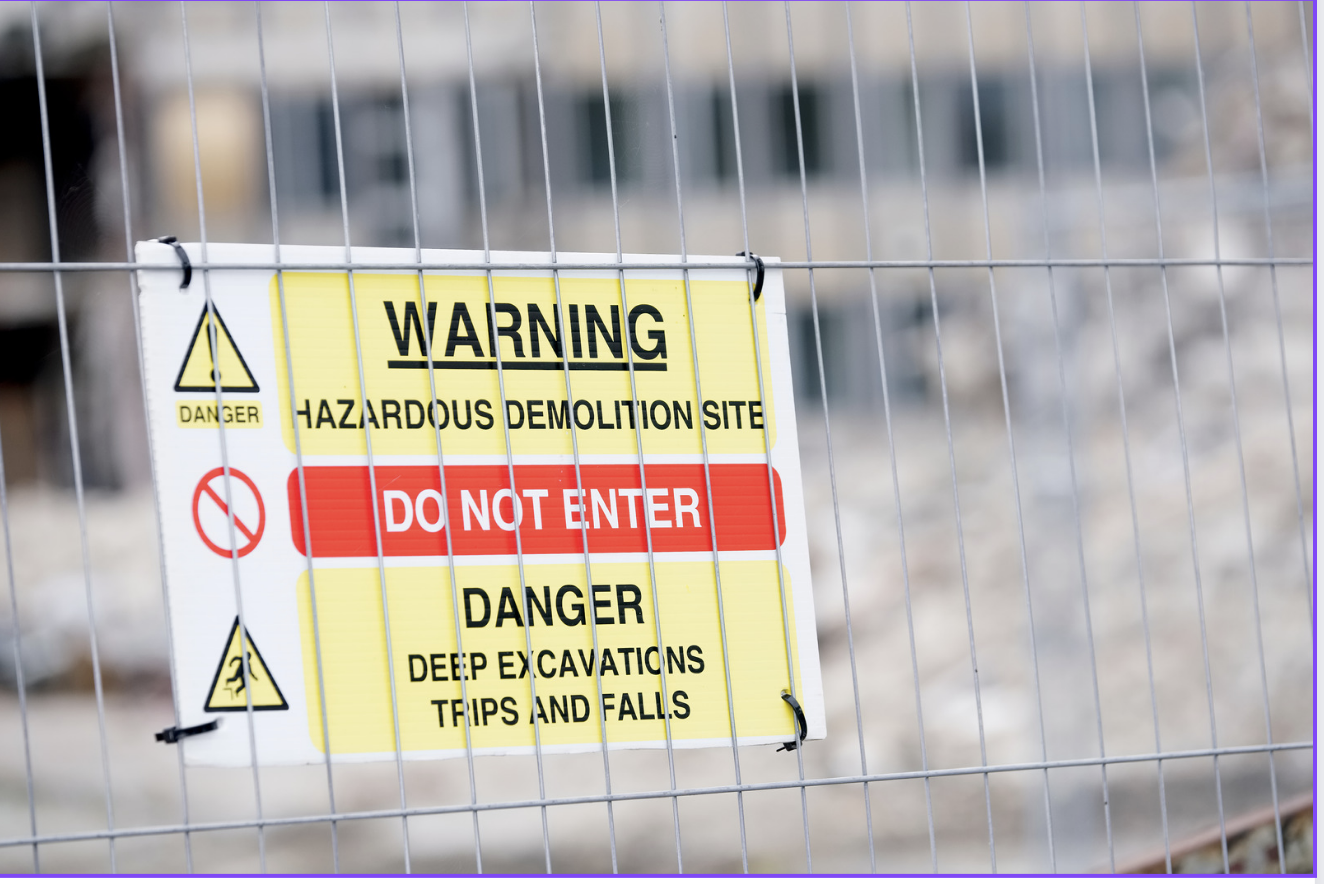How to Prevent Fastener Failures

Within the fastener industry, a fine line exists between safety and disaster. A previous blog post discussed practices that could have prevented these incidents. Here we’ll get into the root causes of fastener failures and provide a checklist to help you diagnose issues before they happen.
A Closer Look
Fastener failures can occur for many different reasons. The application and details of the installation should be one of the first places to consider. Ask yourself the following:
How was the fastener used?
Were extreme environmental conditions present?
Was it in a dynamically loaded joint, facing alternating loads?
Were the loads transverse or axial?
Was the joint subject to vibration or impact loads?
Was the fastener strength compatible with the service loads?
Did the grade of the nut match the strength of the fastener?
Identifying Common Culprits
Fastener failures often fall into several categories, each with its likely causes:
- Loose Fastener: Insufficient torque, inadequate thread engagement, or vibration loosening
- Fractured Fastener: Overloading, material defects, fatigue, or improper installation
- Corrosion: Exposure to corrosive environments, inadequate protection, or incompatible materials
- Thread Galling: Friction damage, mismatched materials, or improper thread fit
- Sheared Head: Excessive torque, overloading, or poor material quality
- Stripped Threads: Over-tightening, inadequate thread engagement, or improper thread fit
- Deformation: Excessive load or impact, incorrect material selection, or wrong fastener size
- Cracked or Split Fastener: Stress concentrations, fatigue, or material defects
- Fastener Rotation: Improper torque control, stripped threads, or insufficient friction
- Failure at Joint Interface: Improper lubrication, inadequate clamping force, or surface irregularities
Troubleshooting and Prevention
To boost your fastener failure prevention strategies, be sure to include these following practices as part of your process.
Regular Inspections:Implement a rigorous inspection routine to identify potential issues early. Use specialized equipment like torque wrenches and ultrasonic testing to ensure fasteners are installed correctly.
Material Compatibility: Ensure all materials in contact are compatible to avoid galvanic corrosion. Become familiar with selecting materials less likely to react with each other, and choose non-reactive materials (e.g. titanium or stainless steel) to extend your product’s lifespan.
Proper Lubrication: Use appropriate lubricants to reduce friction and wear. For example, high-temperature environments may require graphite-based lubricants. Silicone-based products may be better for high-moisture areas.
Adequate Training: Ensure staff are trained in correct installation techniques and understand the importance of torque settings. Hands-on training in real world scenarios and continuous education programs keeps your team up to date on best practices.
Quality Control: Invest in high-quality fasteners and conduct thorough quality checks upon receipt. Partner with reputable suppliers who adhere to international quality standards.
Stay Informed: Keep up-to-date with industry standards and new technologies that can help prevent fastener failures. Attending trade shows, subscribing to industry publications and participating in webinars helps you stay ahead of the curve.
Remember, attention to detail and a commitment to quality are your best defenses against the unseen threats that lie in wait.
About the Author

Started my career in the fastener world in 1969 at, Parker Kalon Corp. a NJ based screw manufacturer located in Clifton, NJ working in inventory control, scheduling secondary production and concluding there in purchasing. In 1971 I accepted a sales position at Star Stainless Screw Co., Totowa, NJ working in inside sales and later as an outside salesman, having a successful career at Star I had the desire with a friend to start our own fastener distribution company in 1980 named: Divspec, Kenilworth, NJ. This was a successful adventure but ended in 1985 with me starting Melfast in August 1985 and have stayed competitive and successful to date. Melfast serves the OEM market with approximately 400 accounts nationally.